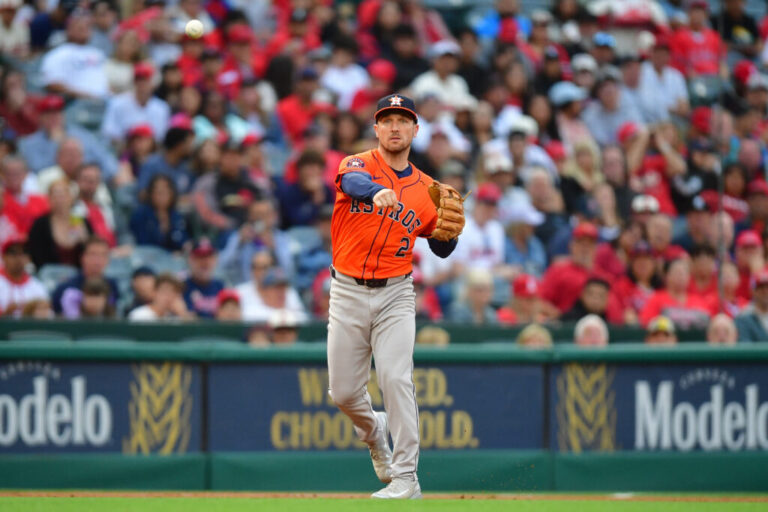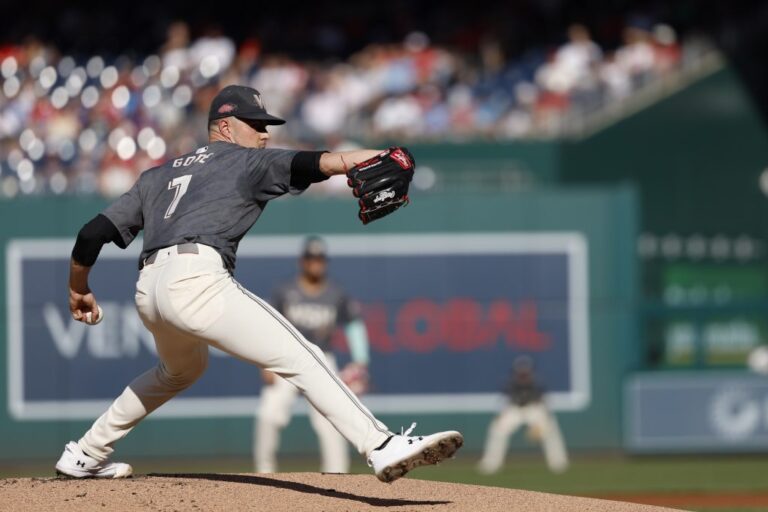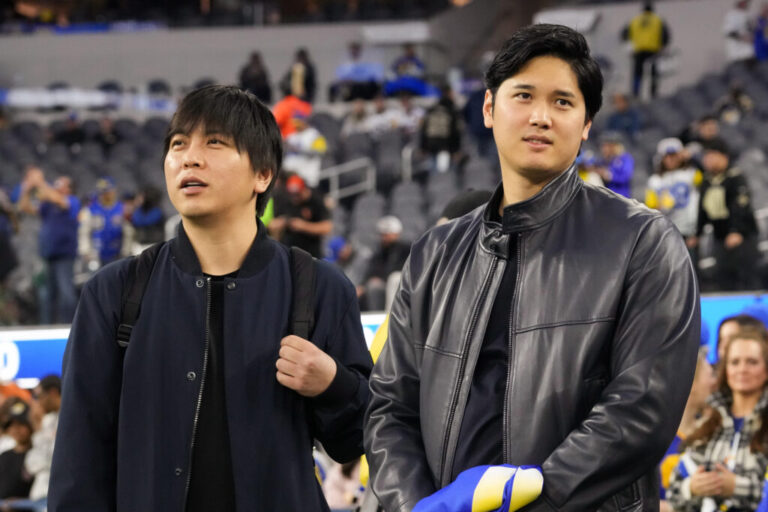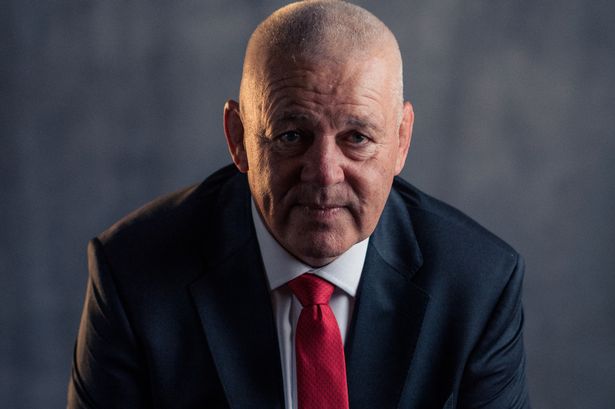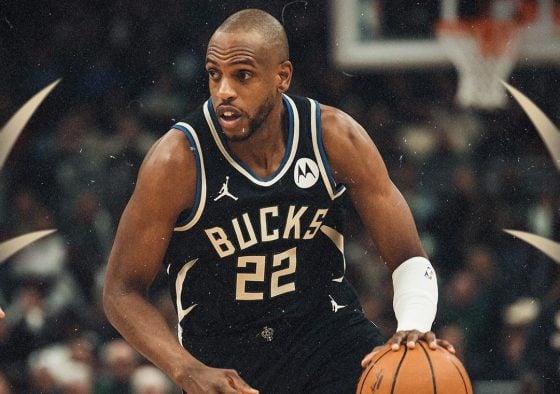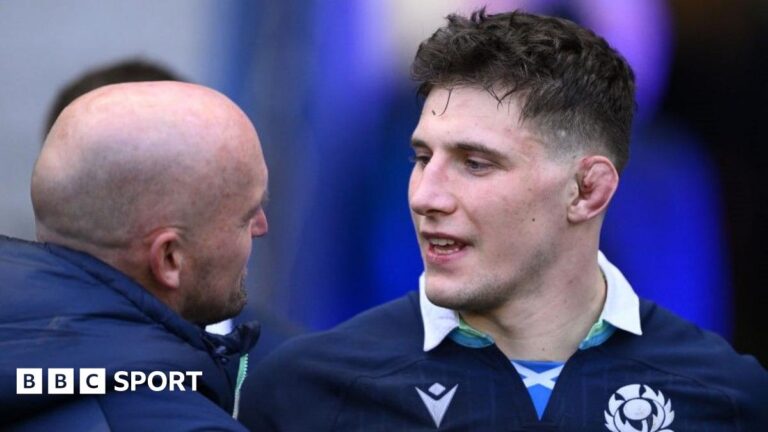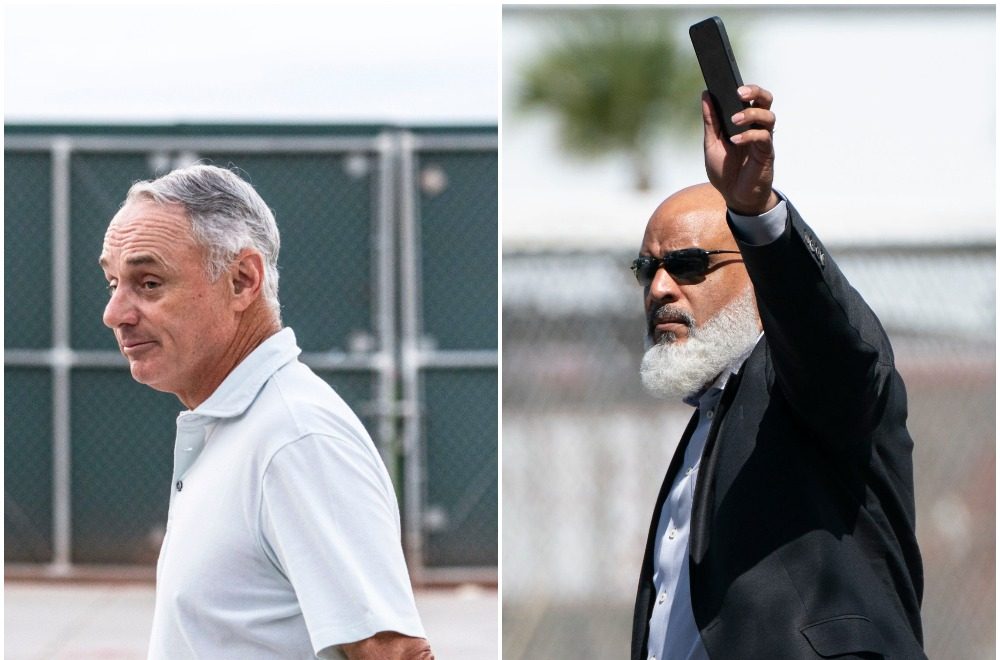
Major League Baseball’s 30 owners and commissioner Rob Manfred are having some scheduled meetings in Florida this week. One item on the agenda was approving John Seidler as the Padres’ control person, which MLBTR covered earlier. There are plenty of other issues going on around baseball, which Manfred discussed with Evan Drellich of The Athletic and Bill Shaikin of the Los Angeles Times.
This winter has seen a lot of talk around the overlapping issues of competitive balance, a salary cap and player retention. Most of that talk is related to the Dodgers. That club spent heavily last winter on star players, including Shohei Ohtani, then went on to win the 2024 World Series. They followed that up by adding even more star power this winter, signing Blake Snell, Roki Sasaki and others. In the wake of the Sasaki signing, MLBTR polled its readers about a salary cap with roughly two thirds of the votes being in favor.
“No,” Manfred said, when asked if the Dodgers are ruining baseball. “I don’t agree with that. The Dodgers are a really well-run, successful organization. Everything that they do and have done is consistent with our rules. They’re trying to give their fans the best possible product.” However, he did make it clear he’s aware of the frustration coming from other fanbases. “I recognize, however, and my email certainly reflects it: There are fans in other markets who are concerned about their teams’ ability to compete, and we always have to be concerned when our fans are concerned about something. But pinning it on the Dodgers, not in that camp.”
As mentioned, the idea of competitive balance or parity has come up a lot in baseball circles lately. Those who believe baseball doesn’t have a parity problem will point to the fact that baseball has been fairly dynasty-proof lately. No club has won consecutive World Series since the 1998-2000 Yankees. The Dodgers, for all their might in the regular season, just won a title in a full season for the first time since 1988. Smaller clubs like the Rays, Guardians and Brewers have stayed steadily competitive in recent years.
There are various counter arguments. Per Shaikin, it was discussed at the owners’ meetings that only two clubs outside the top ten markets have managed to win a World Series in the past 20 years: the Cardinals and the Royals. The inability for lesser-spending clubs to retain star players is also a frequent bone of contention in certain fanbases. Mets president of baseball operations David Stearns, who formerly had the same job with the Brewers, addressed that issue with Mike Mazzeo of Sports Business Journal, vaguely supporting measures to improve player retention without specifics. That was another issue Manfred touched on today.
“Continuity in terms of players in particular markets is an issue that’s relevant to the marketing game,” he said. “Obviously, fans get attached to players, and that’s a great thing. We love that. That’s part of fandom, it’s a good part of fandom. We always try to keep the desire for player continuity in our minds when we’re talking about building a system. By the same token, I’m kind of a free market guy — players at some point in their careers, have to have a right to — I mean they have to — have a right to decide where they want to play.”
The hope of salary cap proponents is that it would help in many of these areas, the idea being that reining in clubs like the Dodgers would increase the chances of smaller clubs keeping fan favorites, as well as helping their prospects of winning on the field.
Getting a salary cap in place, however, would be another matter. It would have to be collectively bargained with the MLB Players Association and the union has long been opposed to a salary cap. The owners made a serious attempt to get a salary cap in place 30 years ago, which led to the 1994-95 strike, during which there was no World Series played for the ’94 season.
In a separate piece at The Athletic, Drellich writes that the owners have been discussing whether or not to push for a salary cap. The current collective bargaining agreement runs until December of 2026, so a cap could potentially come up in negotiations going into the 2027 season.
Whether the owners will be intent on pushing for a cap is a big unknown. Different clubs will naturally have different priorities for CBA talks, depending on their respective financial situations. A club like the Dodgers will be less interested in a salary cap than some of the lower-spending clubs. Drellich reports that the “opinions among owners are mixed.”
Last month, Dodgers president Stan Kasten and Orioles owner David Rubenstein gave different opinions of baseball’s economic landscape. Kasten opined that the Dodgers’ spending is good for baseball while Rubenstein voiced support for a cap. Manfred admitted today that the cap is not the only way to address baseball issues. “I am a huge believer in the idea that there are always multiple solutions to a particular set of concerns,” he said.
The position of the players is more clear. As mentioned, they have long been opposed to a cap, as it would have a negative effect on players’ earning power. Tony Clark, executive director of the MLBPA, attempted to shift the focus to the other end of the spending spectrum. “The league, and the owners it represents, have been predicting doom for decades to justify more restrictions on salaries,” Clark said, “but the game is healthier than it’s ever been. The real question is: Why aren’t all teams, across all markets, using the resources we know they have to put their best foot forward in an effort to be the last team standing?”
Discussions of salary caps often lead to discussions of salary floors, since there are several clubs that are not aggressive at all in terms of spending on players, compared to the Dodgers. The Pirates, for instance, haven’t given a multi-year deal to a free agent in almost a decade. Their three-year deal for Iván Nova in December of 2016 was their most recent such pact.
Overall, the league is indeed healthy, as Clark alluded to. Since the introduction of the pitch clock, MLB itself has flaunted the increases in fan attendance and TV ratings. Last month, Maury Brown of Forbes reported that league revenues hit $12.1 billion in 2024, a record high. That doesn’t even include “ancillary revenues attached to the clubs such as mixed-use development in and around ballparks, such as The Battery around Truist Park, home to the Atlanta Braves, club-owned RSNs, or companies such as Legends Hospitality, which is co-owned by the Yankees.”
That league-wide economic health naturally benefits some clubs more than others, particularly when it comes to broadcast revenue. Certain popular clubs such as the Dodgers, Cubs and Yankees have at least partial ownership of their respective regional sports networks (RSNs). Smaller clubs like the Padres, Diamondbacks, Guardians and Twins have had their RSN deals collapse and now have the league handling things, a model that is widely believed to bring in significantly less revenue.
Per Drellich, changing the revenue sharing model is another point of discussion among owners. There are currently 14 clubs* that receive revenue-sharing but the owners could always agree to increase how much money is flowing downhill. Mark Walter, controlling owner of the Dodgers, gave his perspective on that matter to Shaikin. “I don’t think we’re there,” he said. “We’re probably trying to find something that’s in the best interest of everybody.”
Uncertainties in the broadcast model will also have to be a consideration for the owners as they weigh the pros and cons of pushing for a cap. Even if something like a year-long lockout could hypothetically get the players to agree to such a thing, there would likely be significant negative consequences for the league-wide health that was referenced earlier. Broadcast ratings and attendance would surely drop after such a stoppage, as they did after the 1994-95 strike. It has been reported that 2028 will be a big year for the league, as they look to market a large package or packages of games to various broadcasters and/or streamers. A lengthy period of canceled games would likely be hurting the overall attractiveness of the product just before that pivotal moment.
Manfred has said in the past that he is proud of the relative labor peace of his tenure, with no games having been lost due to a strike or lockout. He is not planning to seek another term as commissioner and is therefore slated to be gone by January of 2029. Unless that changes, he would have to be willing to change that track record on his way out the door in order to lead the owners through a significant stoppage.
There are many moving parts and various different ways of looking at all these issues. Players and owners will often have opposing viewpoints. Large-market clubs and smaller clubs will have different priorities, as will star players compared to fringe players. Baseball fans will be sprinkled all over those different camps to varying degrees.
Many in the baseball world believe another lockout is inevitable. The 2021-22 lockout lasted from December to March of that offseason, though the two sides eventually got a deal done just in time to avoid losing games. Given the apparent strife between the owners and players, many believe that a lockout will become rote with future negotiations. That’s a sentiment that Manfred seems to share.
“In a bizarre way, it’s actually a positive,” Manfred said to The Athletic last month. “There is leverage associated with an offseason lockout and the process of collective bargaining under the [National Labor Relations Act] works based on leverage. The great thing about offseason lockouts is the leverage that exists gets applied between the bargaining parties.”
The union sees it differently. “Players know from first-hand experience that a lockout is neither routine nor positive,” Clark said. “It’s a weapon, plain and simple, implemented to pressure players and their families by taking away a player’s ability to work.”
The two sides could always start talks well in advance of the end of the current CBA, though Manfred downplayed the possibility. “I’m one that likes to bargain early, but we’re still two years away, even if you’re thinking you want to bargain early,” Manfred said. “We got time on that front. And I think the time is particularly important right now, because we do have things going on in terms of the economics of the game — local media being the principal one — that the longer we wait, the more it evolves, the better decisions we’re going to make.”
Drellich also relayed another formality of this week’s meetings, noting that Athletics owner John Fisher and Mets owner Steve Cohen have been added to the owners’ executive council. Those two replace John Middleton of the Phillies and John Sherman of the Royals. The six continuing members of the eight-member council are Paul Dolan of the Guardians, John Henry of the Red Sox, Greg Johnson of the Giants, Ken Kendrick of the Diamondbacks, Arte Moreno of the Angels and Bruce Sherman of the Marlins.
* (Diamondbacks, Rockies, Reds, Brewers, Pirates, Marlins, Athletics, Mariners, Tigers, Royals, Twins, Guardians, Orioles, Rays)
